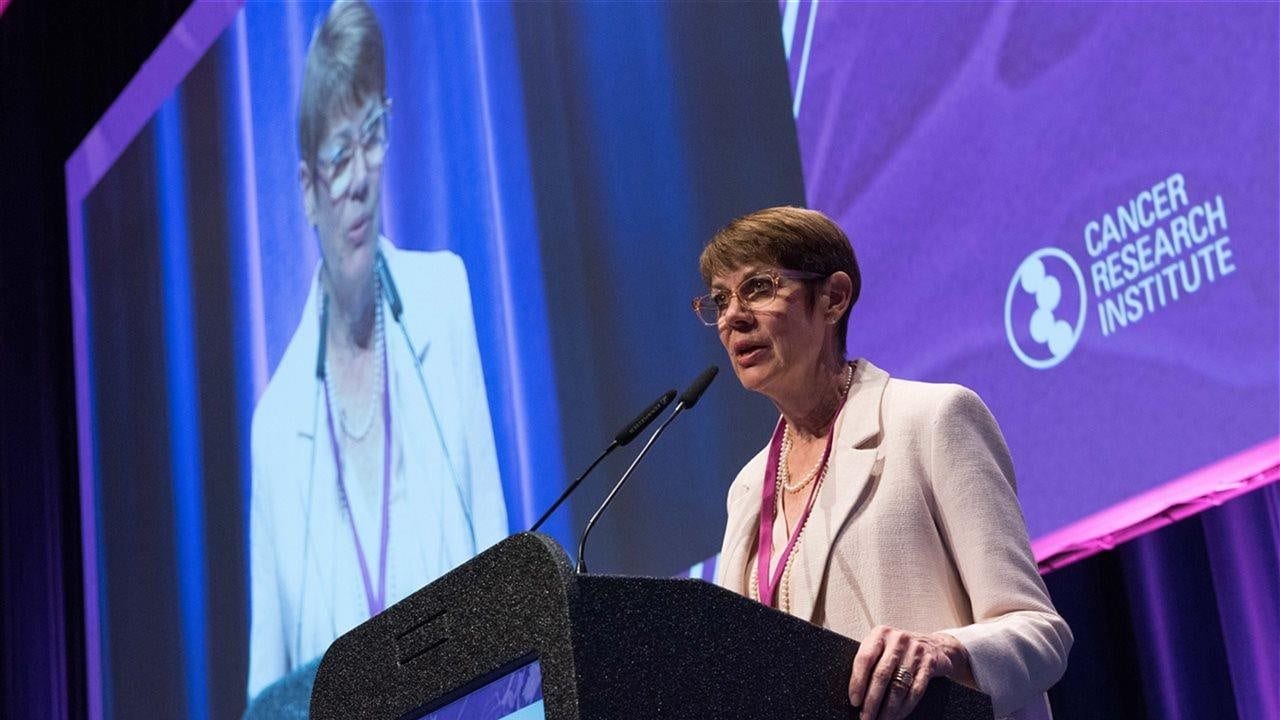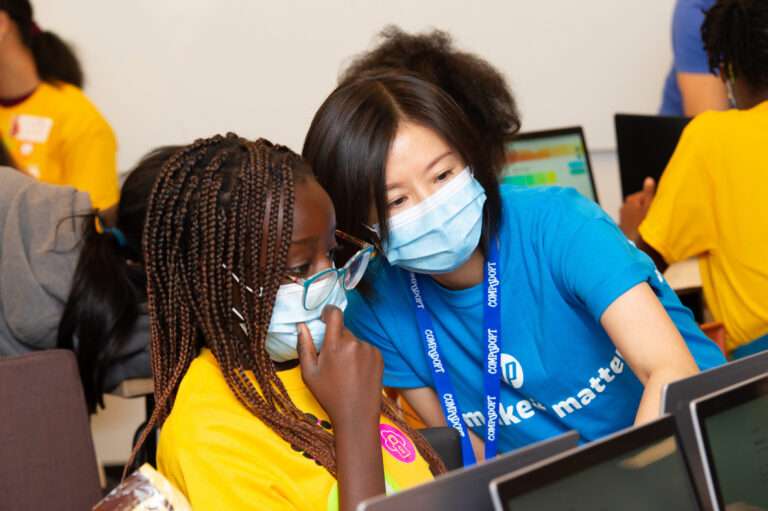by d-mars.com News Provider
More than 2.7 million American children are growing up in grandfamilies — families in which grandparents, other adult family members, or close family friends are raising children. A new report highlights how the pandemic has amplified their unique challenges, and offers solutions to better serve them.
The report, “Facing a Pandemic: Families Living Together During COVID-19 and Thriving Beyond” authored by the non-profit Generations United and funded by the Robert Wood Johnson Foundation and Casey Family Programs, points out that at a time when older adults are being cautioned to keep their distance from children because of the heightened risk of infection and death from COVID-19, for grandfamilies, that distance is impossible. Advocates point out that these caregivers are the first line of defense for children during the pandemic, having stepped in when parents cannot raise them for many reasons, including cases where children’s parents have died from COVID-19. At the same time, 30 percent of kin caregivers lack an alternative caregiving plan if they should die or become disabled, a troubling statistic in the face of the pandemic, which disproportionately affects older adults.
While grandfamilies are diverse in geography, income and race, the report finds that caregivers in grandfamilies are disproportionally Black or Native American; nearly half of grandparent caregivers are over age 60; and one in four grandparent caregivers has a disability. These are the same populations that are more likely to be impacted by the pandemic and die as a result.
“While we’re all impacted by COVID-19, grandfamilies, especially, have had tough realities, with limited support systems,” says Donna Butts, executive director of Generations United, a non-profit with the mission of improving the lives of children, youth and older people. “State and local child welfare and other agencies must better support them during COVID-19 recovery and beyond.”
Federal, state and local governments recognize foster families and provide them with access to resources, but there is little available for grandfamilies raising children outside of foster care. While Congress included support for grandfamilies in the December 2020 COVID-19 relief package, including better access to kinship navigator programs, which help connect families to information and community support as well as provide some direct help to families to meet emergency needs, advocates say this is just a start.
“With so many families continuing to struggle with impacts from COVID-19, it’s critical that state and local child welfare agencies distribute the funds in this package,” says Butts. “Congress also needs to ensure families have ongoing financial support so that caregivers can meet the basic needs of children as they live with the long-term impacts of COVID -19.”
The report also finds that about 19 percent of grandparents responsible for grandchildren live in poverty and 38 percent of grandfamilies are unable to pay or are worried about paying mortgage or rent. Among the solutions to these figures, Generations United is calling for grandfamilies to be specifically named in the next COVID-relief package as an eligible population for financial relief such as Temporary Assistance for Needy Families (TANF).
To access the report, visit www.gu.org. To hear grandfamilies discuss the pandemic’s impacts, visit everyfamilyforward.org.
While the pandemic has heightened the inequities different types of families face, advocates say that sufficient support can help grandfamilies recover and thrive.
Source: StatePoint







